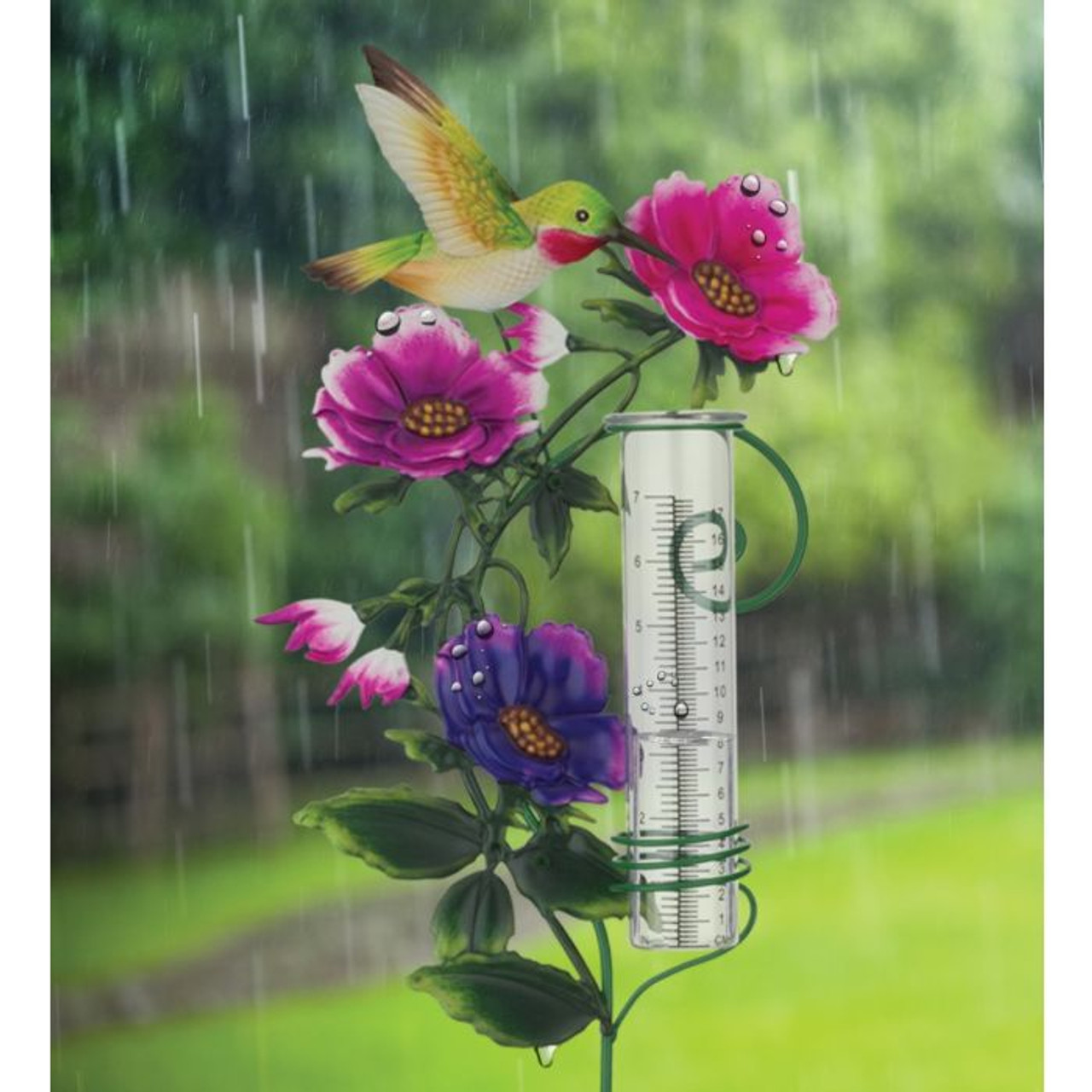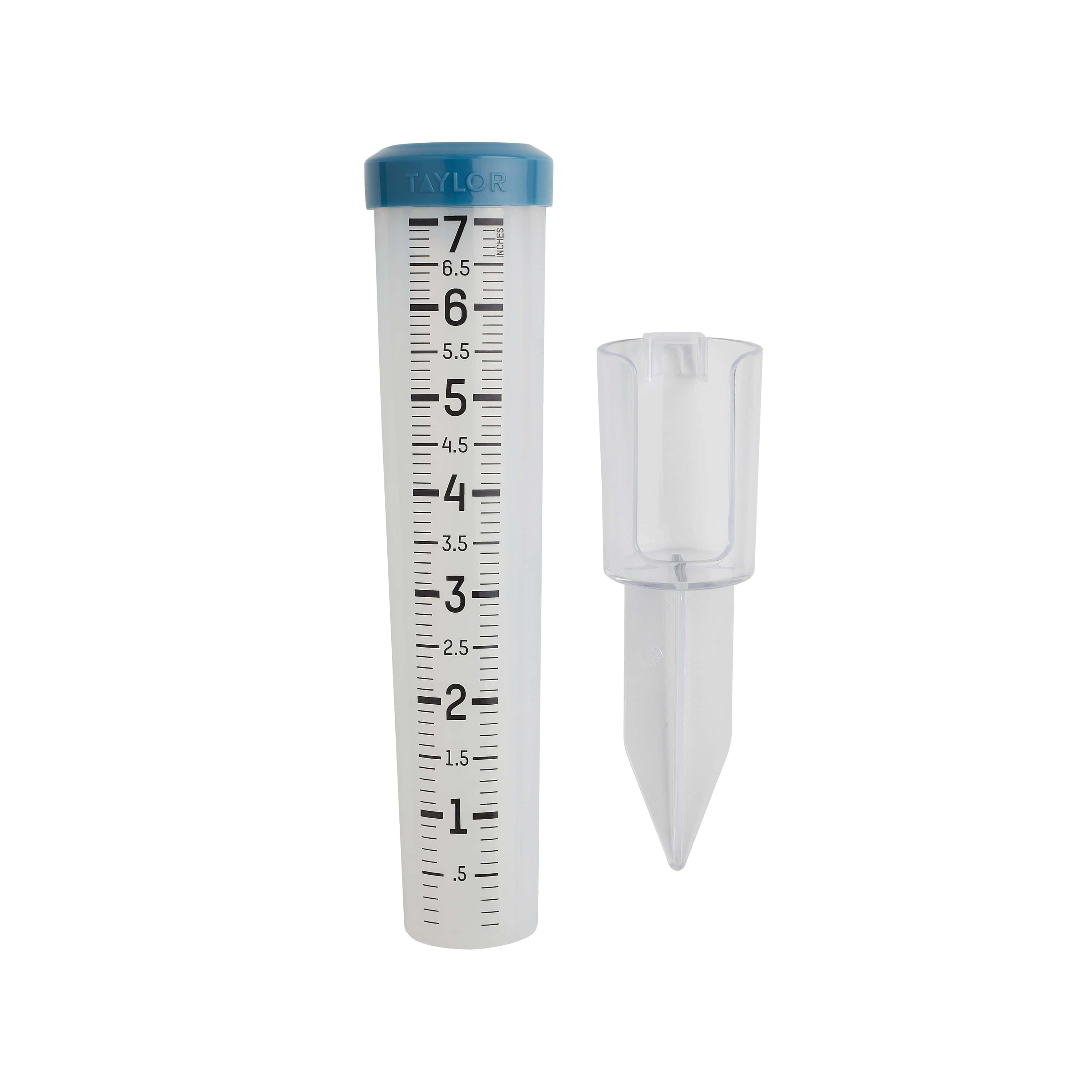Understanding Rainfall Scale Measurements: A Full Guide
Understanding Rainfall Gauge Dimensions: A Full Guide is a detailed source for anybody seeking a much deeper understanding of rainfall gauge measurements. Rain is a crucial aspect in numerous sectors, including agriculture, weather forecasting, and water resource administration. This overview aims to provide viewers with a detailed understanding of the significance of rain scale measurements, the various kinds of rainfall determines offered, and just how these dimensions are acquired and translated. In addition, it discovers the variables that can impact the precision of rainfall gauge analyses and uses practical ideas for acquiring accurate dimensions. Whether you are a professional in the field or merely have an inquisitiveness about rainfall measurement, this guide will certainly furnish you with the knowledge required to effectively use rainfall scale dimensions.
The Relevance of Rainfall Gauge Measurements
The importance of rainfall gauge measurements exists in their duty as a crucial device for properly assessing and checking rainfall levels - The Rain Gauge. Rainfall gauge measurements give valuable information that helps meteorologists and hydrologists understand patterns and fads in rainfall, which in turn help in different fields such as agriculture, water source monitoring, and climate research study

Exact rainfall dimensions are essential for agriculture as they help in figuring out irrigation needs, plant development, and yield predictions. Farmers depend on this details to make informed decisions about when to sprinkle their plants, avoiding water wastefulness and making sure optimum crop wellness. Furthermore, rains data assists in analyzing the effect of droughts or extreme rains on plant manufacturing, enabling farmers to take proper measures to minimize losses.
Water source management heavily depends on rainfall scale measurements to identify the quantity of water available in rivers, lakes, and tanks. Specific dimensions allow water supervisors to make educated choices about water allowance and circulation, guaranteeing sustainable usage and avoiding lacks. This information is specifically vital in regions where water deficiency is a pressing issue.
Additionally, rainfall scale measurements play a crucial role in environment research study. By precisely measuring rainfall over expanded periods, researchers can assess long-lasting environment patterns and identify modifications in precipitation patterns because of climate modification. This data helps policymakers and researchers establish strategies to adjust to and minimize the results of environment change.
Kinds Of Rain Scales
There are different kinds of rain evaluates made use of to gauge precipitation accurately. Each type has its own benefits and constraints, making them suitable for different purposes and atmospheres.
One of the most usual sort of rain scale is the common cylindrical scale. It is composed of a cylindrical container with a vast funnel-shaped top to accumulate rainwater (The Rain Gauge). The water is after that channelled into a finished gauging tube, enabling precise measurement of the quantity of rains
One more kind is the considering rain gauge. This scale makes use of a sensitive balance to gauge the weight of the gathered rainfall. By transforming the weight into quantity, the amount of precipitation can be determined. Considering rain gauges are specifically valuable in locations with icy precipitation or hefty rains, as they are not influenced by sprinkling or evaporation.
Tipping bucket rain determines use a mechanism that ideas a small bucket each time it gathers a certain amount of rain. The number of suggestions is tape-recorded and used to determine the rains. This sort of scale is generally utilized in automated weather stations as a result of its reduced upkeep needs and ability to provide real-time data.
Finally, there are radar-based rainfall determines that usage radar modern technology to estimate rains. These determines measure the strength of rainfall in a certain area by examining the mirrored radar signals. They are specifically useful for determining rainfall over why not try here big areas or in remote locations.
Just How Rain Gauge Measurements Job
Rain scale measurements are based upon the principle of determining the amount and accumulating of rainfall. These tools are developed to record rain and supply an exact measurement of the rains in a details location.
One of the most typical sort of rain scale is the conventional cylindrical scale. It includes a round container with a wide opening on top to gather rainwater. The collected water is after that funneled into a determining tube, which is adjusted to supply the dimension in units of length, commonly inches or millimeters.
An additional type of rain scale is the tipping container scale. When they get to a certain weight threshold, it utilizes a seesaw-like system with two containers that tip. Each pointer of the pail represents a specific volume of rains, enabling specific measurements.
Some advanced rain gauges are geared up with electronic sensors that automatically record and transmit information. These sensing units make use of various technologies such as ultrasound or laser to gauge the amount of rains properly.
Elements Influencing Rain Gauge Accuracy
Ecological elements such as wind, temperature, and atmospheric pressure can substantially impact This Site the precision of rainfall scale measurements. Modifications in atmospheric stress can also affect the accuracy of rain gauge measurements, as they can modify the rate at which rains is collected.
Functional variables, on the various other hand, refer to variables associated to the layout, setup, and maintenance of the rainfall scale. The positioning of the rain gauge in an area with blocked airflow or near trees or buildings can lead to incorrect readings as a result of blockage or splattering of rainfall. Moreover, inappropriate calibration or irregular maintenance of the rain scale can likewise impact its accuracy.
To ensure the precision of rain gauge measurements, it is crucial to consider these aspects and take appropriate measures. This may include picking an appropriate place for the rain gauge, making sure proper installation and upkeep, and consistently calibrating the instrument. By addressing these aspects, precise and reputable rains dimensions can be acquired, which are essential for different applications such as weather forecasting, hydrological researches, and agriculture.
Tips for Precisely Determining Rainfall
To make certain precise rainfall measurements, it is essential to apply specific strategies and strategies when using a rainfall scale. Here are some pointers for precisely measuring rainfall:
Proper Placement: Place the rainfall gauge in an open area, away from trees, structures, and various other obstructions that may conflict with the rains collection. It needs to be positioned on a degree surface area to prevent water merging or overflow.

Check Out the Scale Properly: When taking dimensions, reviewed the water level at eye degree from all-time low of the crescent. Prevent parallax mistakes by aligning your pop over here view directly with the water level.
Consistent Time Interval: Establish a constant time interval for determining rainfall, such as every 24 hours or after each rains occasion. This makes sure exact monitoring and contrast of precipitation information.
Document Measurements Immediately: Record rainfall measurements asap after collection to avoid dissipation or splilling. Use a rain scale with an integrated data logging attribute for automatic recording.
Final Thought
In final thought, recognizing rainfall scale measurements is vital for precisely determining rainfall. It is essential to take into consideration factors that can influence the precision of rainfall gauge measurements, such as wind, placement, and evaporation.
Comprehending Rain Scale Measurements: A Total Overview is a detailed source for any person looking for a deeper understanding of rainfall gauge measurements. Whether you are a professional in the field or simply have an interest about rainfall measurement, this overview will outfit you with the expertise needed to properly utilize rainfall gauge measurements.
The most common type of rainfall scale is the typical cylindrical scale.The most typical kind of rain scale is the typical cylindrical scale.One more kind of rainfall scale is the tipping container scale.